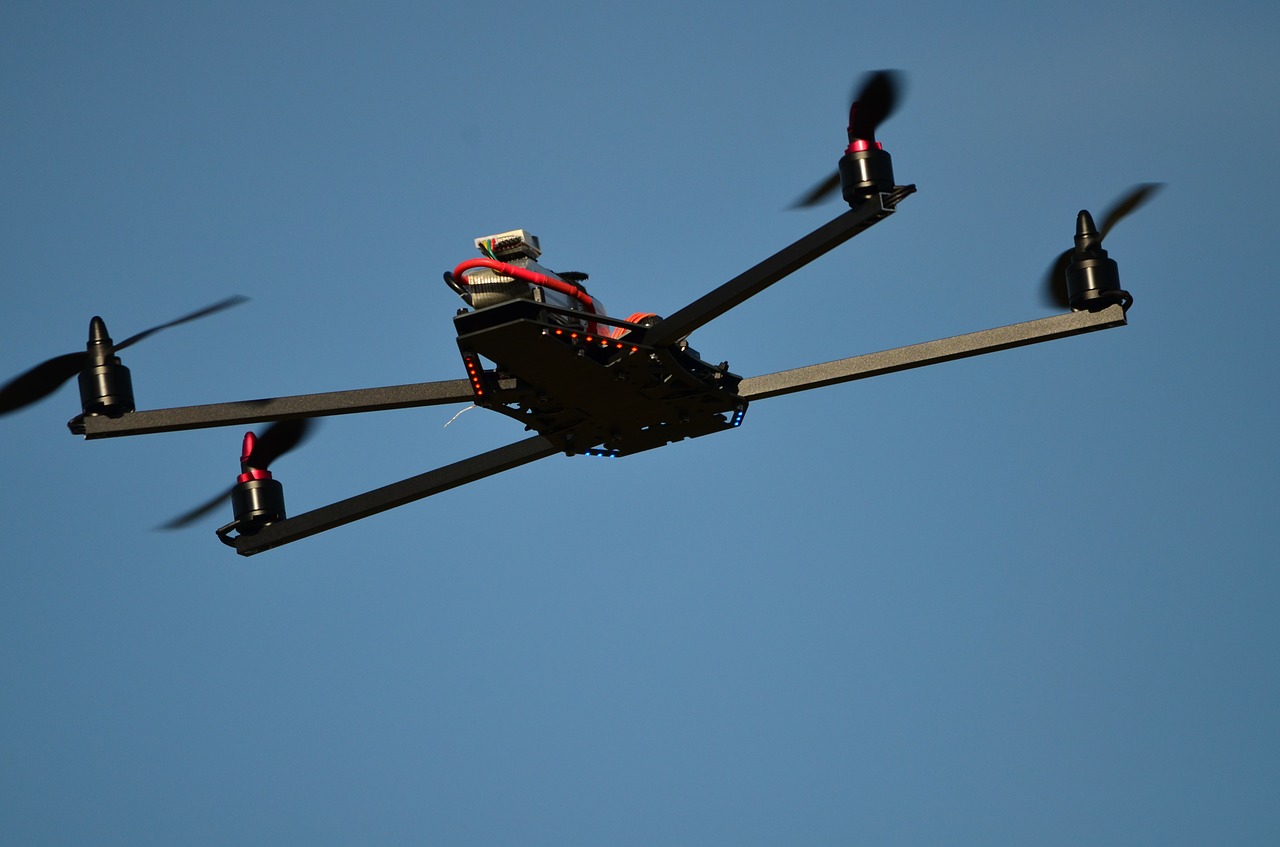 NEWS
NEWS
 NEWS
NEWS
 NEWS
NEWS
Far from being a joke, or some astute marketing ploy, Amazon.com Inc. is deadly serious about its audacious plan to create “delivery drones”, and has drafted new proposals to regulate commercial UAVs in the U.S. According to The Guardian, the company has suggested that U.S. officials designate a 200-foot high stretch of airspace especially for drones.
Amazon presented its plan at a NASA-hosted conference in San Francisco yesterday, saying the meausre would see all airspace at an altitude of between 200 and 400 feet dedicated for use by drones alone. The plan also calls for a no-fly buffer between 400 and 500 feet, with helicopters and aircraft forced to fly at altitudes of at least 500 feet. Meanwhile, regular consumer drones would be allowed to fly at altitudes of 200 feet or less.
Amazon’s plan also calls for a central tracking system to monitor all commercial drones in U.S. airspace.
“Under our proposal everybody has to be collaborative — vehicles must be able to talk to each other and avoid each other as the airspace gets denser at low altitudes,” said Gur Kimchi, head of Amazon’s delivery drone program, in an interview with The Guardian.
Amazon’s proposal indicates that the company is deadly serious about getting its “Prime Air” delivery drones into the sky. Amazon believes that drones can deliver products to consumers far faster than conventional methods, but it isn’t the only player banking on U.S. officials opening up the nation’s skies. Sony recently laid out its own plans for drones in the enterprise, while the U.S. postal service is also looking at their potential for deliveries. Numerous drone startups are also looking to employ drones for a variety of industrial purposes, such as taking photos of real estate, surveying pipelines, oil facilities and farmland, and even shooting movie scenes.
Should Amazon’s proposal be accepted, it’s likely that drones would become a much more common site in U.S. skies. Nevertheless, that could still be several years off, for The Guardian says the Federal Aviation Administration (FAA) has been laboriously slow at creating a framework that would legalize commercial drone use. The FAA drew up original proposals last February, but these came with highly restrictive demands that drones always remain in the line of sight of operators, essentially barring drones from being able to deliver goods or carry out distant surveys.
But even if the FAA does agree with Amazon’s proposals for dedicated drone space, the company faces many other challenges before Prime Air can take off. For one thing, the company will need to demonstrate its delivery drones can fly above U.S. skies safely without any mishaps. Nevertheless, if anyone has enough power and clout to make it happen, it’ll be a company like Amazon – the only question is when.
Support our mission to keep content open and free by engaging with theCUBE community. Join theCUBE’s Alumni Trust Network, where technology leaders connect, share intelligence and create opportunities.
Founded by tech visionaries John Furrier and Dave Vellante, SiliconANGLE Media has built a dynamic ecosystem of industry-leading digital media brands that reach 15+ million elite tech professionals. Our new proprietary theCUBE AI Video Cloud is breaking ground in audience interaction, leveraging theCUBEai.com neural network to help technology companies make data-driven decisions and stay at the forefront of industry conversations.